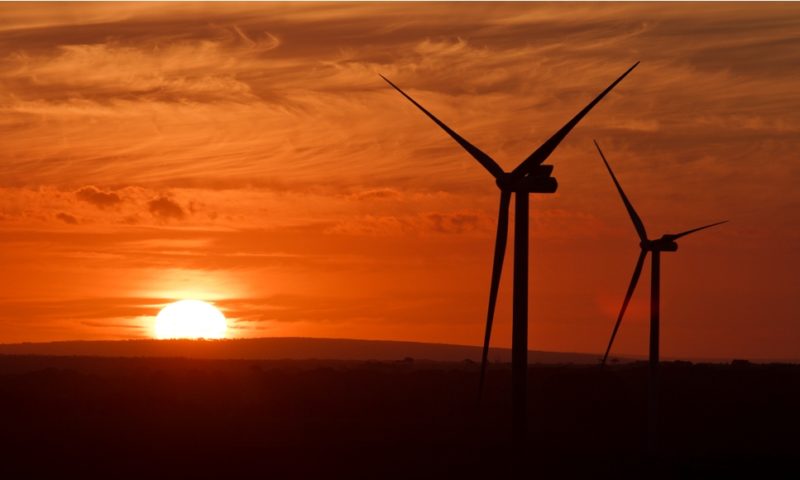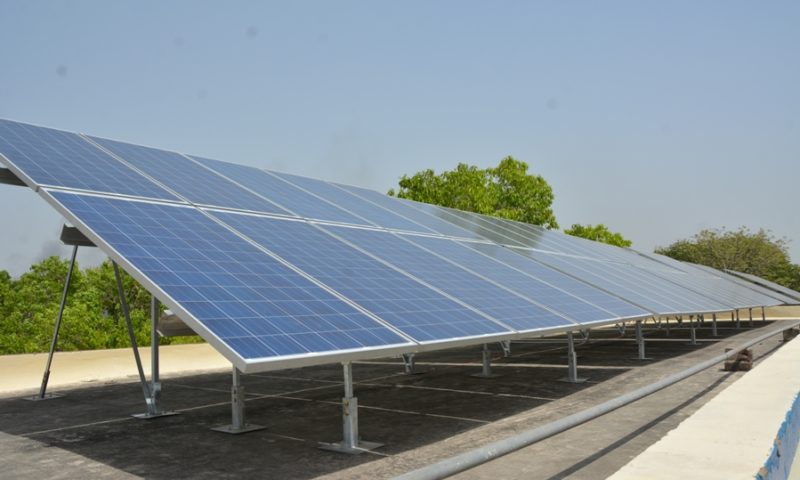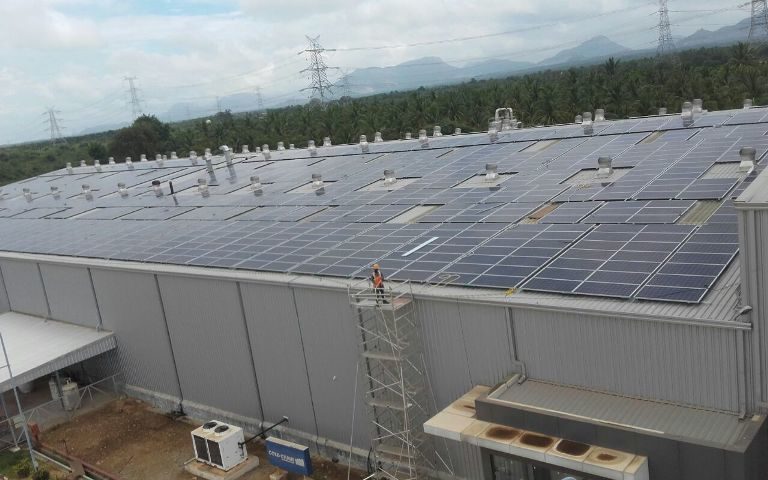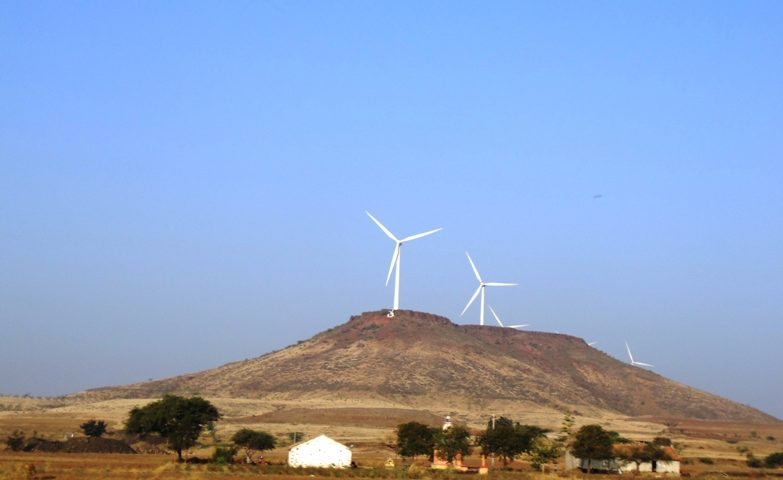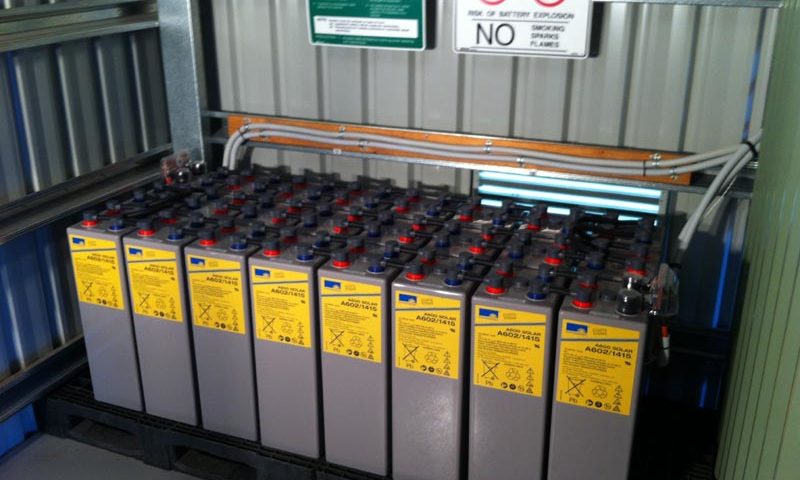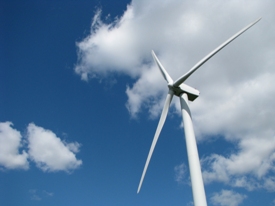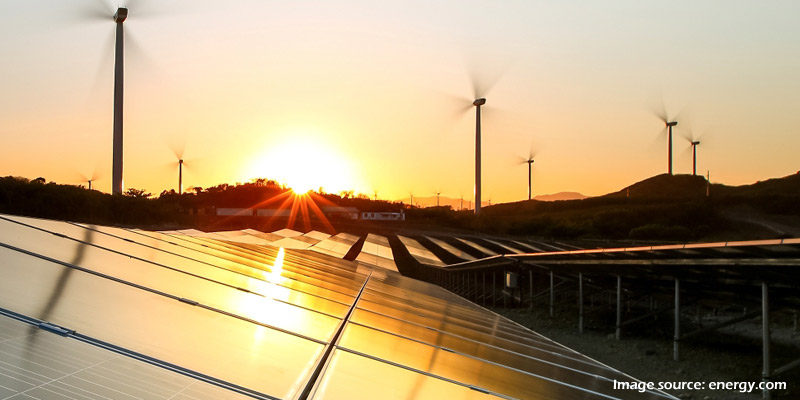The introduction of tariff-based bidding appears to have vivified the wind energy sector that was getting much lesser attention than solar in recent years. With two successful auctions by Solar Energy Corporation of India, the government is now confident that SECI auctions will help take the country realize its wind capacity targets.
In a very recent development, the Centre has announced its plans to conduct auction of a total of 20 GW of wind energy capacity, equally spread over two years, FY19 and FY20. Combined with an estimated 8 GW of auctions during the current year (FY18), these auctions will help attain the targeted wind energy capacity of 60 GW by 2022.
Nodal agency Solar Energy Corporation of India (SECI) has initiated its third wind energy auction. The scheme expects to set up capacity worth 2,000 mw through wind projects connected through the interstate transmission system (ISTS). This will help non-windy states honour their non-solar renewable purchase obligation (RPO). According to the tender documents, each participant will be allowed to bid for a minimum of 50 mw and a maximum of 400 mw. The developer will set up its wind project on BOO (build, own and operate) basis without any financial assistance from the Centre. The power purchase agreement will be entered with power distribution companies, for a duration of 25 years.
A total of 5 GW of wind capacity has been auctioned during the current fiscal year so far. In all, 8 GW is likely to be auctioned this year, followed by 10 GW each in the next two fiscals.
In the first auction conducted by SECI in FY17, PPAs for 1,000 mw of capacity were signed for a tariff of Rs.3.46 per kwh. The second auction, concluded in October this year, saw tariffs fall to a further 2.64 per kwh. In this auction, developers setting up plants in Gujarat, Tamil Nadu and Madhya Pradesh will be selling wind energy to non-windy states like Uttar Pradesh, Bihar, Jharkhand, Assam, Punjab, Goa and Odisha. The total capacity envisaged in the second auction was 1,000 mw.
The winners of the second auction include Renew Power (250 mw at Rs.2.64 per kwh), Orange (200 mw at Rs.2.64 per kwh), Inox (250 mw at Rs.2.65 per kwh), Green Infra (250 mw at Rs.2.65 per kwh) and Adani Green (50 mw at Rs.2.65 per kwh).
Including the third auction of SECI, a total of 5 GW has been auctioned in FY18 so far. Another 1.5-2.0 GW is expected to be auctioned in January 2018 followed by 1.5-2.0 GW. This makes a total of at least 8 GW of wind energy auctions in FY18. As discussed earlier, 20 GW of auctions will be held in FY19 and FY20, making a total of 28 GW.
India’s current wind energy capacity stands at 32 GW. With 28 GW of auctions to be conducted by March 2020, and allowing two years for commissioning, India appears to be on track to have 60 GW of wind energy capacity by 2022.
The official target for renewable energy is 175 GW by 2020, out of which 100 GW will come from solar, 60 GW from wind and 15 GW from other sources like small hydropower, biomass, waste-to-energy, etc. The government is confident of surpassing the 175-GW renewable energy target by at least 10 GW that will come from non-traditional sources like floating solar power plants over dams, offshore wind energy systems and hybrid wind-solar projects. Studies have been initiated to explore the possibility of installing floating solar power plants on the Bhakra Nangal dam in Himachal Pradesh. Coastal sites in Gujarat and Tamil Nadu are also being investigated for offshore wind power projects.
(This article’s author, Venugopal Pillai, is Editor, T&D India. Views expressed here are personal. The author may be contacted on venugopal.pillai@tndindia.com)
Also See: Tariff-based bidding a game changer for the wind industry

